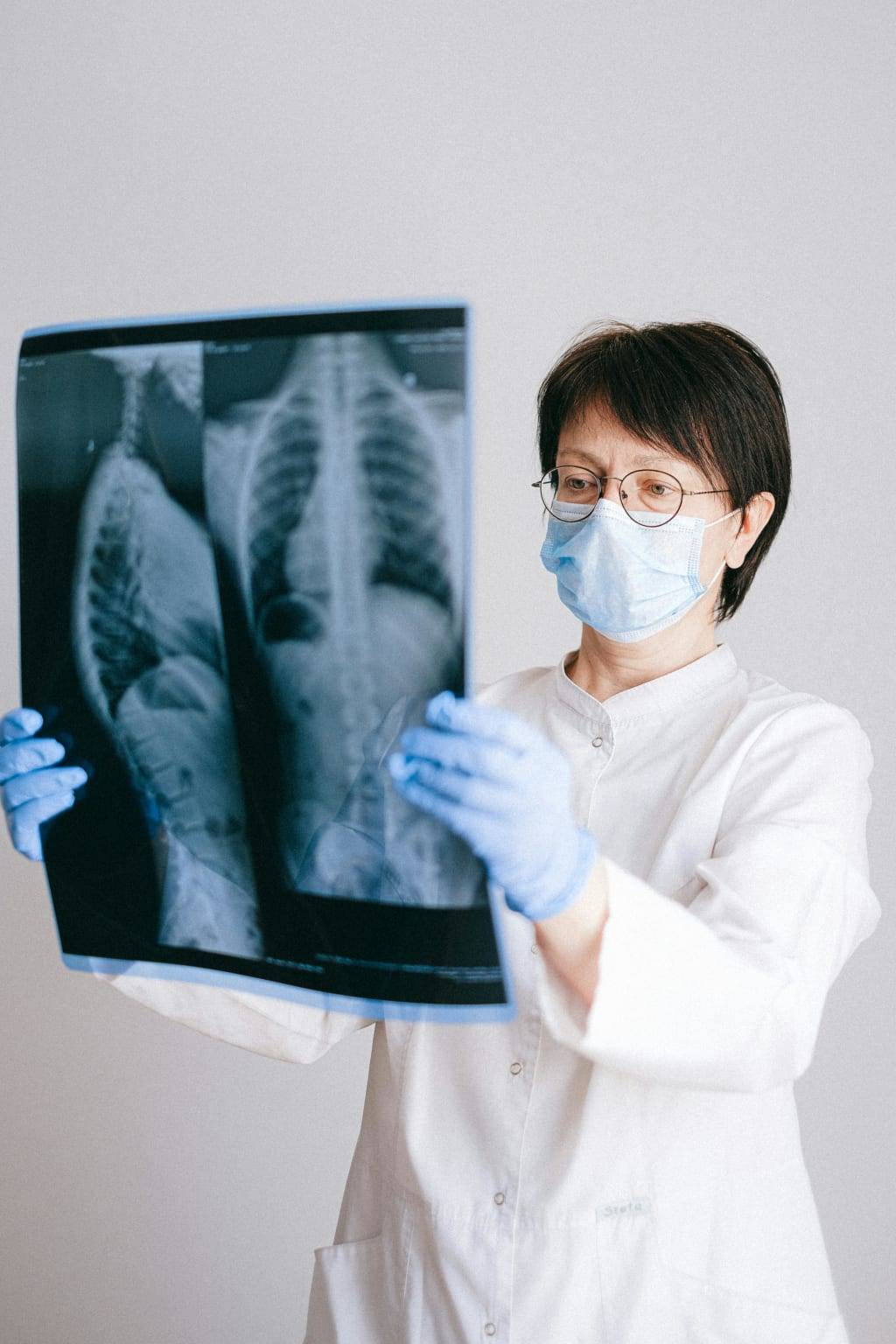In a world where the glow of screens illuminates our daily lives, a startling revelation has gripped the media, sparking widespread intrigue and concern: our beloved cell phones may possess the power to reshape our very bones. This captivating and somewhat disconcerting topic has surged into the public consciousness following a ground breaking scientific report that suggests prolonged use of phones and tablets can induce significant and enduring alterations to our skeletal structure. Departing from conventional wisdom, the study delves deep into the intricate realms of biomechanics, exploring how mechanical principles intersect with the living organisms that we are. Spearheaded by Dr. David Shahar and Dr. Mark Sayers, esteemed experts in biomechanics at Australia's University of the Sunshine Coast, the research has unearthed a phenomenon that challenges our fundamental understanding of human anatomy.
Biomechanics, the study of how mechanical laws apply to living beings, forms the very foundation of Shahar and Sayers' investigation. Their expertise extends to osteobiography, a fascinating discipline that reconstructs individuals' lives from the analysis of their bones. It's long been recognized that skeletons adapt to the demands of one's lifestyle, with each set of bones narrating a unique story. From the robust skeletal structures of laborers to the delicate bones of sedentary individuals, our skeletons serve as silent storytellers of our past and present.
However, in this era of technological advancement, our bones may be experiencing a transformation unlike any before. Shahar and Sayers propose that modern technology, specifically the prolonged use of smartphones and tablets, is molding the skeletons of today's youth in unprecedented ways. At the heart of their study lies the External Occipital Protuberance (EOP), a seemingly innocuous bony projection located at the back of the skull. This structure, linked to the nuchal ligament, acts as an anchor, bearing the brunt of our technological obsession.
Through meticulous analysis of chiropractors' X-rays of individuals aged 18 to 86, the researchers sought to unravel the subtle shifts in skeletal morphology induced by our modern lifestyles. What they discovered was nothing short of astonishing: a pervasive presence of enlarged EOPs in younger individuals, a phenomenon attributed to the posture adopted during prolonged screen time—a phenomenon colloquially termed "text neck."
As the neck bends forward to accommodate smartphone or tablet usage, increased pressure is exerted on the nuchal ligament. In response, the EOP gradually elongates, a degenerative process that has been likened to the emergence of horns or spikes. Intriguingly, this phenomenon predominantly affects men, with males exhibiting a significantly higher prevalence of enlarged EOPs compared to females.
The implications of these skeletal transformations extend far beyond mere anatomical curiosities. Shahar and Sayers warn of potential health ramifications, painting a grim picture of a future where the youth suffer from text-related ailments such as "text thumb" or thumb arthritis. While critics argue that the study lacks conclusive evidence and may extrapolate findings to fit a predetermined narrative, the broader discourse surrounding the impact of technology on our bodies remains a pressing concern.
Indeed, the proliferation of smartphones and tablets has revolutionized the way we live, blurring the lines between the digital and physical realms. The notion that our very skeletons are being shaped by our interactions with technology underscores the need for a nuanced understanding of its consequences. As we navigate this brave new world, perhaps a balance between screen time and outdoor pursuits will safeguard future generations from morphological anomalies. After all, the archaeologists of tomorrow may find a different story etched in our bones—one devoid of the tell tale signs of our digital age.
Within the vast expanse of human history, the rise of technology stands as a pivotal chapter, altering the trajectory of our species in ways both profound and unforeseen. From the invention of the wheel to the advent of the internet, each innovation has left an indelible mark on the tapestry of human civilization. Yet, amidst the marvels of modernity, lies a paradoxical truth: as we become increasingly connected in the digital realm, we risk losing touch with the very essence of our humanity.
The emergence of cell phones as ubiquitous companions heralds a new era of communication and convenience, yet beneath their sleek exteriors lies a potential threat to our physical well-being. Dr. Shahar and Dr. Sayers' ground breaking research illuminates the hidden consequences of our technological reliance, challenging us to confront the reality of our digital age. As we navigate the complexities of this brave new world, it becomes imperative to strike a balance between the benefits of technology and the preservation of our biological integrity.
The journey into the depths of biomechanics offers a glimpse into the intricate dance between our bodies and the tools we wield. From the delicate alignment of bones to the intricate interplay of muscles, tendons, and ligaments, every aspect of our physiology reflects the adaptations forged through millennia of evolution. Yet, in the blink of an eye, the rapid march of progress has ushered in an era where the boundaries between biology and technology blur, challenging the very essence of what it means to be human.
As we peer into the future, the implications of Dr. Shahar and Dr. Sayers' research reverberate across disciplines, from medicine to ethics, sociology to psychology. The impact of prolonged smartphone usage on skeletal structure poses profound questions about the nature of human progress and the unforeseen consequences of our technological innovations. Are we willing to sacrifice our physical well-being at the altar of convenience? Can we reconcile the allure of digital connectivity with the imperative of preserving our biological integrity? These are the questions that echo through the corridors of academia and reverberate in the chambers of public discourse, beckoning us to confront the complexities of our digital age with wisdom and foresight.
In the annals of history, the story of humanity unfolds as a tapestry woven with threads of triumph and tribulation, progress and peril. From the cradle of civilization to the furthest reaches of space, our journey is marked by moments of triumph and moments of reckoning. Dr. Shahar and Dr. Sayers' research serves as a poignant reminder of the profound responsibility that accompanies technological advancement—a responsibility to safeguard the sanctity of the human form, even as we embrace the boundless potential of innovation.
As we stand on the precipice of a new era, let us heed the lessons of the past and chart a course towards a future where technology enriches rather than diminishes our humanity. For in the final analysis, it is not the devices we wield or the algorithms we create that define us, but rather the depth of our empathy, the breadth of our compassion, and the resilience of the human spirit.


